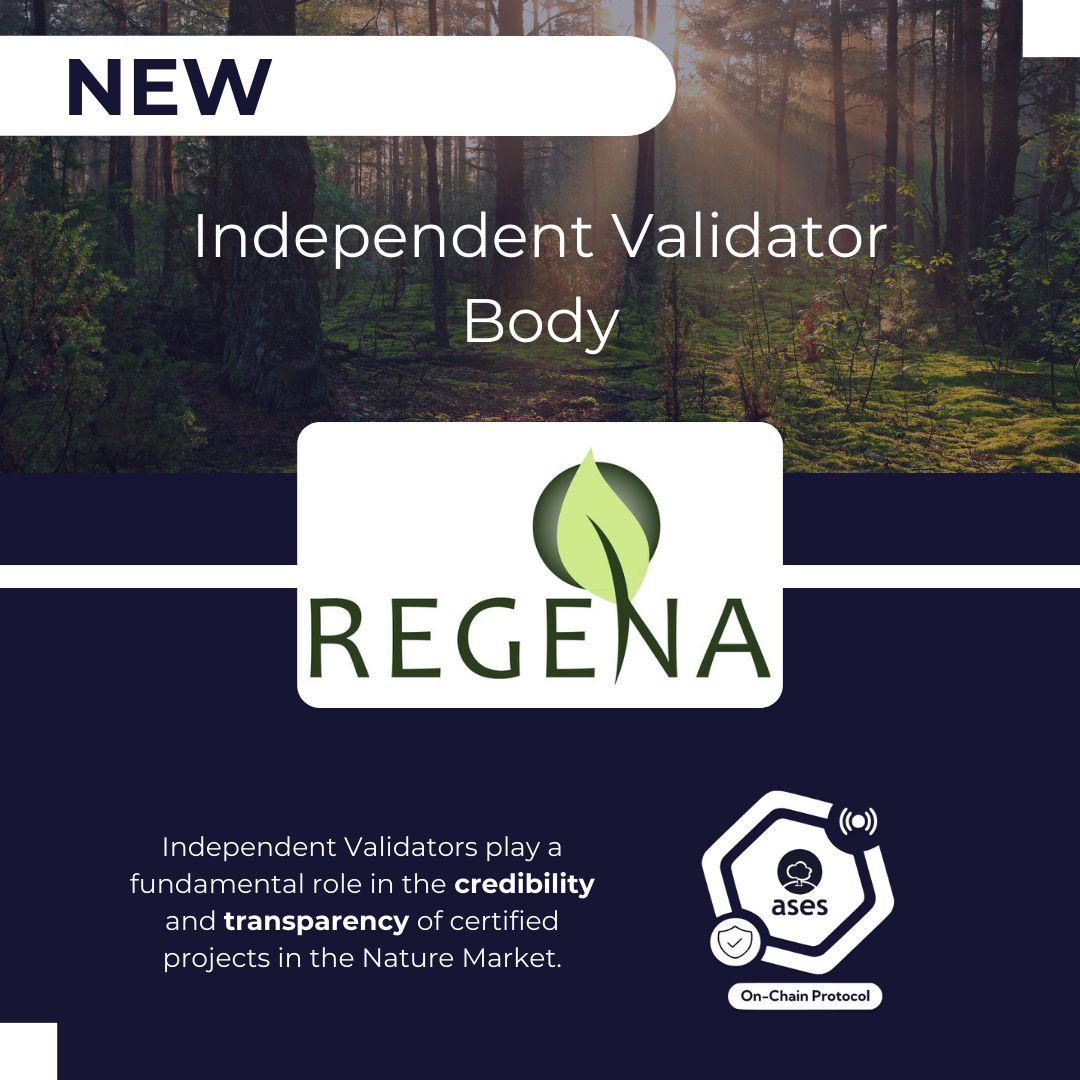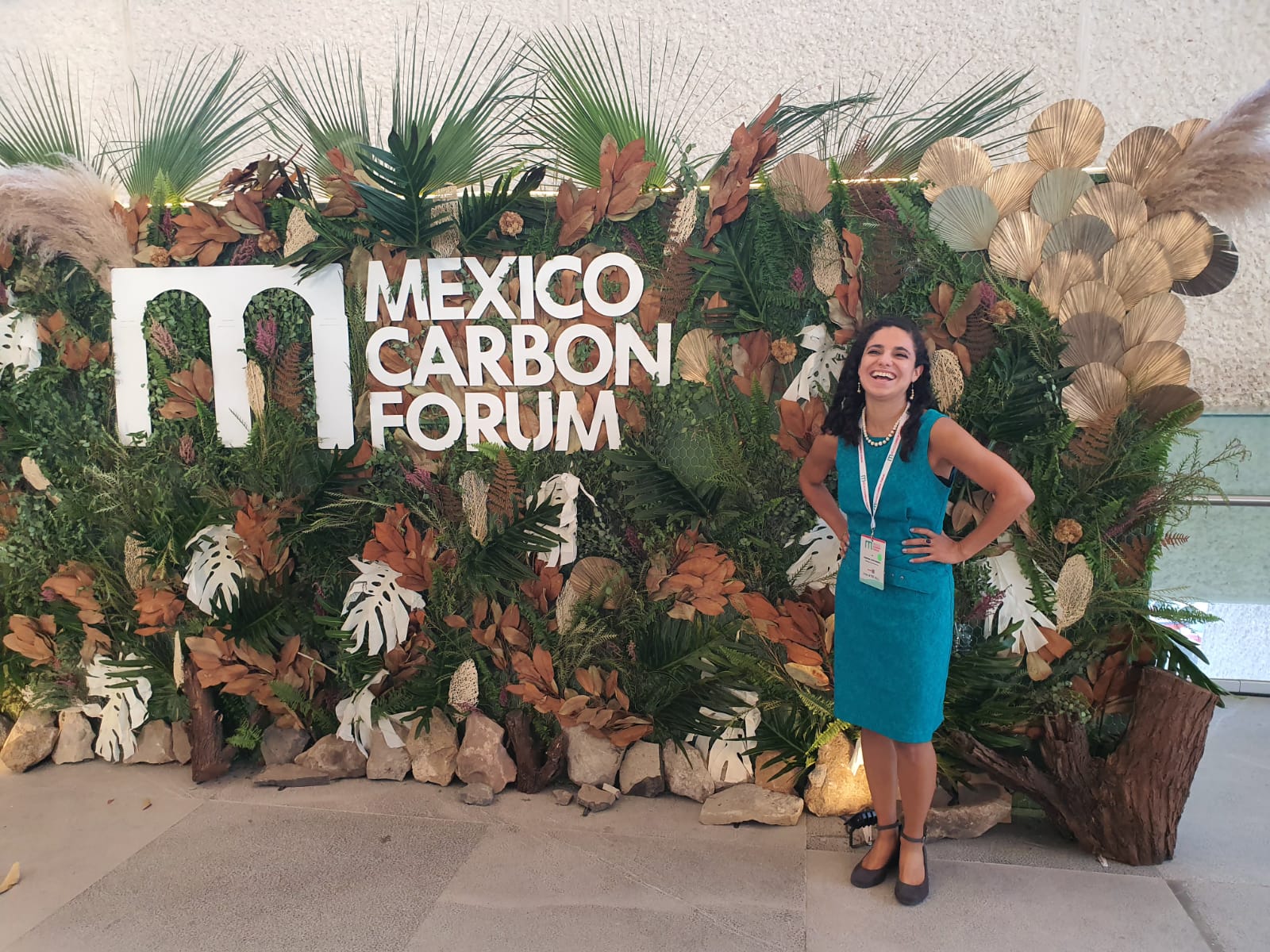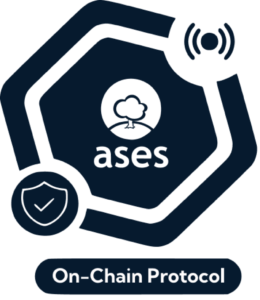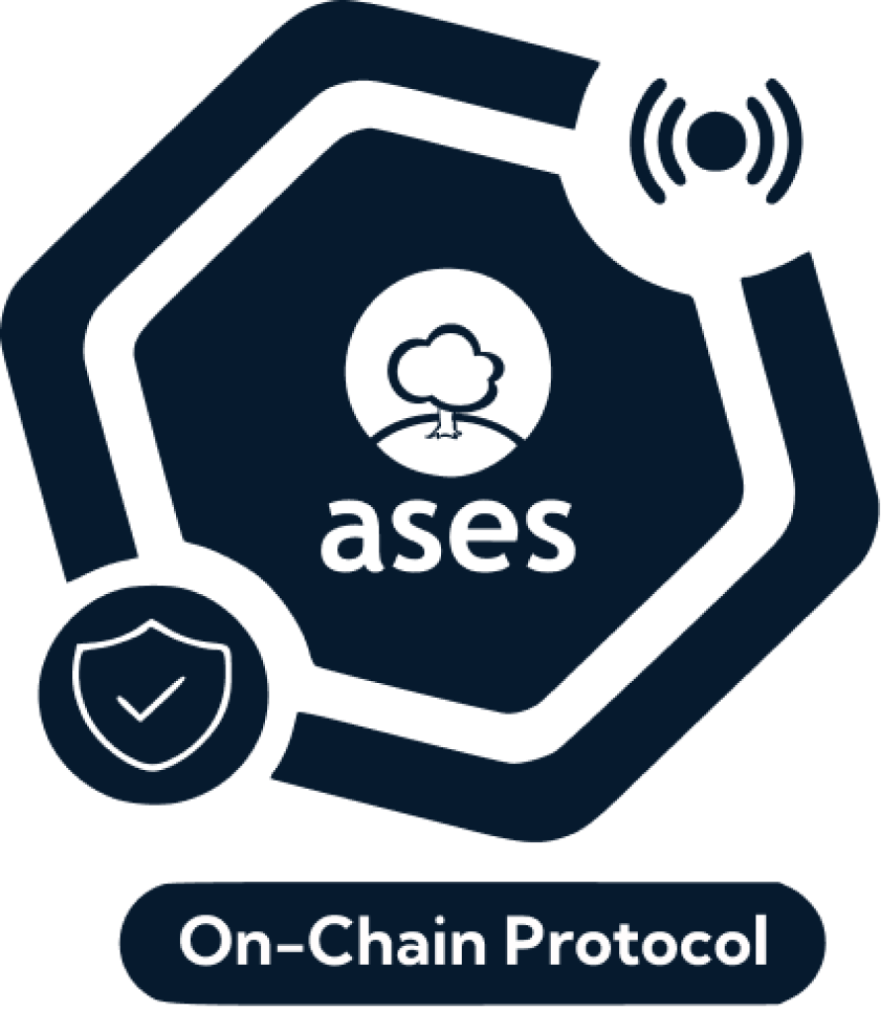.1
Initial submission
.2
Pre-registration
.3
Baseline & field report
.4
registration
.5
mVR & cREDIT STREAMING
The ases On-Chain Protocol
We issue third-party verified Nature-Positive credits from Nature Based Solutions (NbS) for the Nature Markets
With aOCP we are simplifying Nature-Positive Market
With aOCP we are simplifying Nature-Postive Market
The ases “On-chain protocol” is a standard for blockchain-based certification of Nature-positive credits, powered by smart contracts, P2P science-based and carbon and biodiversity tokenisation.
aOCP Documentation
Biodiversity For reforestation projects
Planting was carried out using at least 5 different species
Environmental and social no-harm
The project must proof to comply with the environmental and social no-harm requirement of the aOCP
Proof of land ownership or long-term agreement
Do you have documentation of land ownership or an agreement for the entire duration of the project?
What are the requirements?
To onboard your project to the aOCP you must comply with some requirements in order to certify your Nature-Positive Credits.
Additionality: projects must entail additional carbon compensation that would not have occurred without their activities and the project is not developed as a consequence of a government’s mandate, policy, or initiative.
Not deforestation undergone
Trees and shrubs in the project area must not have been felled within the last 5 years
Holistic approach
The project considers works and techniques for land regeneration
Long-term permanency
Only long-term projects with 40 years or more projection will be considered for onboarding.
Blog & News
Get the most relevants information about aOCP journey

Exciting Partnership Announcement: Joining Forces with Carbonapp to Advance Nature-Positive Credits in France!
We’re thrilled to announce a groundbreaking partnership with Carbonapp,[…]

Welcoming REGENA as a New Independent VVB for Ases On-Chain Protocol Certified Projects
We’re thrilled to announce the addition of REGENA as[…]

NAT5 attended the Mexico Carbon Forum 2023, held from August 14th to 15th
NAT5 attended the Mexico Carbon Forum 2023, held from[…]
f.a.q.
What is the aOCP?
Ases On-Chain Protocol aOCP was developed based on international best practices, including:
- Ensuring transparency through stakeholder participation;
- Creating an institutional structure to develop standards (e.g., baseline and monitoring methodologies);
- Creating robust project cycles that include clear and agile procedures for project registration and issuance of nature-positive credits, an international blockchain-based carbon registry, and effective approval of project validity. The aOCP stipulates additional standards for projects that, in addition to reducing GHG emissions, also have a positive effect on biodiversity, soil, and water infiltration, and wish to be recognized for this.
• Verified Carbon Removal (VCC)
Represents the account holder’s right to claim that a reduction or elimination of one metric ton of
CO2 equivalent has been achieved.
• Verified Biodiversity Based Credit (VBBC)
It represents that biodiversity has thrived due to the project’s development, as evaluated by three key factors: preservation efforts, restoration initiatives, and ecological and landscape enhancements.”
• Verified Soil Credit (VSC)
Represents the account holder’s claim that soil health has improved and erosion has been
reduced by the activities performed on the project.
• Verified Water Credit (VWC)
It represents improvements in the hydrological response of soils, specifically the reduction of water erosivity and maximum instantaneous runoff. As a consequence, rainwater infiltration into the subsoil increases, thus recharging the water table and at the same time reducing the risk of flooding.
a) Project Procedures:
(i) Project Proponents and aOCP Validators/Verifiers who wish to submit registration and issuance requests, respectively, for aOCP Projects;
(ii) The aOCP ITTE and the aOCP Steering Committee for consideration and subsequent approval or rejection of requests for registration and issuance for aOCP Projects;
b) Methodology Development Procedure:
(i) Project Proponents, the aOCP ITTE and the aOCP Steering Committee seeking approvals for top-down development of and revisions to Baseline and Monitoring Methodologies under the aOCP.
Before moving on to the following two stages in the aOCP Project cycle, a third-party independent external validation of the project documentation must be done by an aOCP Validator:
(a) the aOCP Project Registration Stage; and
(b) the aOCP VCCs, VBBCs, VWCs, and VSCs Issuance Stage.
Projects can be funded through the aOCP if they meet the requirements outlined in the Project Standard. Project Proponents must follow these Project Procedures and the Project Standard if they want to submit their project for registration and implementation under the aOCP.
Any legal entity(ies) or organization(s) wishing to submit a project activity to the aOCP must make their project registration through the Project Submission Form (PSF) on the official Nat5 website: https://www.nat5.bio/index.php/docs-category/onboard/#.
The project proponent should fill out the PSF with as much information as possible, attaching the requested files (project area location, proposed activities location, land ownereship or agreement, local stakeholder consultation, SDG assessment), as well as the type of credits they wish to access and a detailed description of the activities carried out in the project, including species planted, number of individuals, restoration works carried out, etc.) as this will allow the aOCP internal team to more accurately assess the alignment of the proposed project activity to the aOCP criteria, rules and requirements..
Once the Project has been registered in the aOCP, the Project Developer will receive the Official Registration Letter that establishes establishes the types and number of credits that will be generated by the project and the periodicity of their issuance, considering the 20% reduction allocated to the buffer pool, and the 18% reduction in the percentage for Monitoring, Reporting and Verification (MRV) conducted by the aOCP Operation Team and external, ndependent 3rd-party Verifiers (applicable to projects that will generate >3000 credits). The registered project will be listed on the Nat5 website https://www.nat5.bio/index.php/projects/ where the information regarding registration, baseline assessment, monitoring, verification and credits issuance will be open to public and free for consultation.
Each project will be classified according to Nat5 Scoring, which is a badge that each project receives based on the evaluation of its social, ecological, and political impact as well as its vulnerability to risks and natural catastrophes. This rating is a factor considered for the allocation of the sale price of each credit (VCC, VBBC, VSC, VWC).
- Validate if the internal team of technical experts made the quarterly and annual reports stipulated in the Monitoring Plan;
- Validate if the Project has been implemented as reported in the registered PSF;
- Validate if the risk mitigation measures were implemented according to the Risk Management Plan (when applicable);
- Validate if the Developer has applied the safeguards defined in the PSF to provide protection against negative impacts to ecosystems or society and if the Project Activity has caused no net harm to the environment or society;
- Validate if the monitoring report covers all types of credits requested by the developer;
- Validate if the results of the monitoring report are consistent and aligned with the project’s expectations;
- Validate if the project has complied with aOCP Standards and Procedures;
- Validate if the arguments and evidence presented are sufficient and of adequate quality.
As required by the aOCP Rules, including the aOCP Validation and Verification Standard, the aOCP Validator shall confirm that the Project Activity completely complies with the information supplied in the registered PSF after any non-conformities (if any) have been resolved successfully and that the calculations provided by the aOCP Operations Team in the MVR are materially accurate.
The external validator (independent third party) shall use the most recent template to present the Validation Report to the Internal Team of Technical Experts.




 by
by